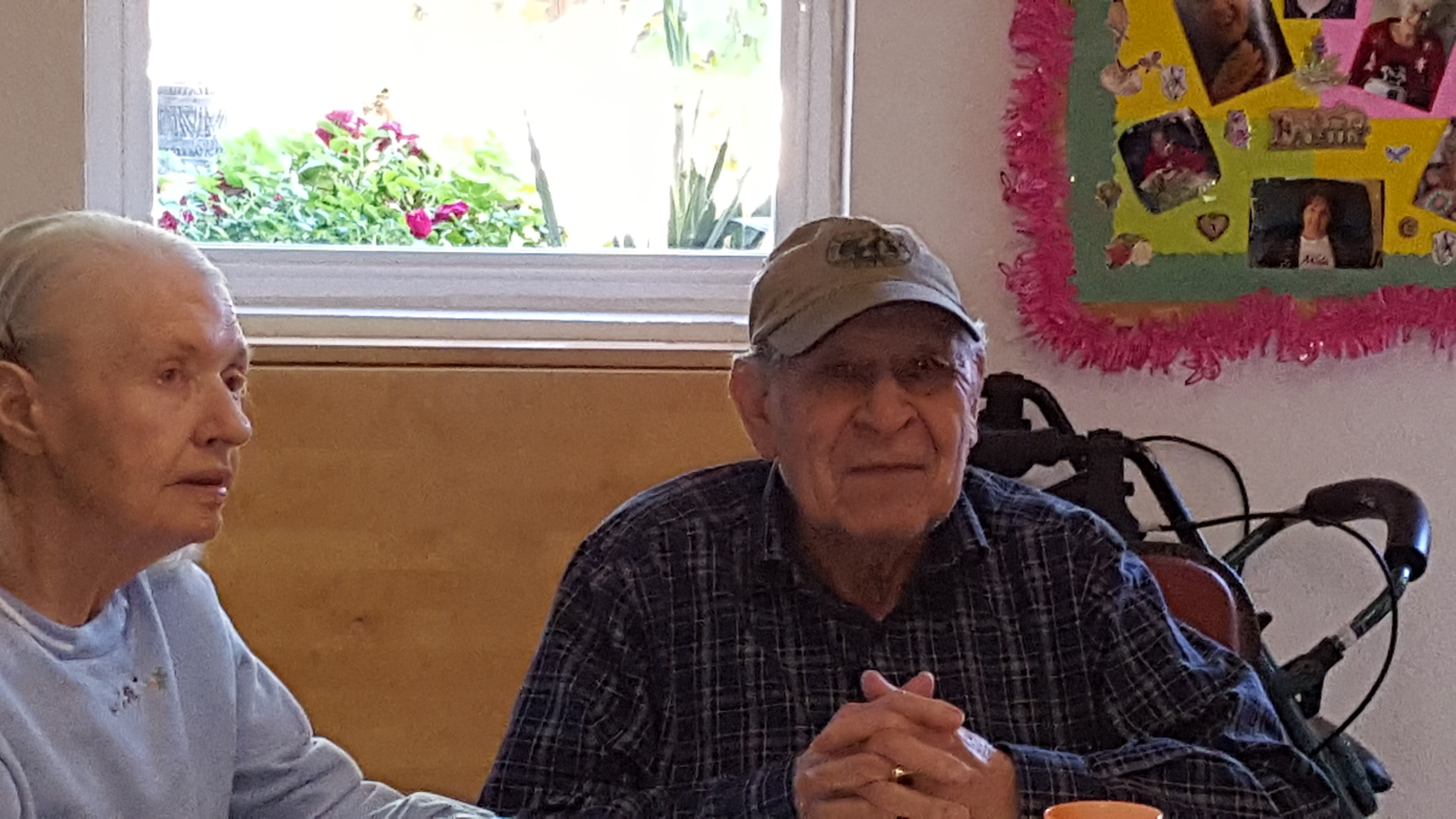Table of Content
We can assist the caregiver by providing respite care in the home. However, with hospice, patients are given comfort care only to manage pain and other symptoms of the illness. We have a pioneering care model with Home Care Connect, our integrated virtual care program that helps patients avoid preventable ER visits and hospitalizations. It enhances our clinical excellence with advanced, easy-to-use remote monitoring technology and 24/7 access to our Virtual Care Center RNs. AT Home’s specially trained interdisciplinary team of healthcare professionals provide the latest and most innovative approach to address all aspects of care.

You can get covered services for any health problems that aren’t part of your terminal illness and related conditions. You sign a statement choosing hospice care instead of other Medicare-covered treatments for your terminal illness and related conditions. AT Home Care & Hospice is an established, full-service Virginia home health and hospice agency that provides a superior quality of services in a caring manner. The care you receive from our hospice staff is exemplary, and if you qualify, everything pertaining to your diagnosis is covered due to the benefits you have earned throughout your life. Hospice truly is a blessing and one I will be grateful for as long as I live. Our licensed home care program offers skilled nurses and home health aides to provide a variety of medical and personal care needs.
Where you get hospice care
If your health improves or your illness goes into remission, you may no longer need hospice care. Only your hospice doctor and your regular doctor can certify that you’re terminally ill and have 6 months or less to live. You have the right to change your hospice provider once during each benefit period. This model is not the only payment demonstration with the potential to foster greater coordination.
CMS will require hospice surveys to be conducted by multidisciplinary teams, as well as implement a redesigned surveyor training process and new protections against conflicts of interest. Surveyors from accreditation organizations with deeming authority will now have to undergo the same training as those employed by government agencies and use similar assessment forms during surveys. California has since cracked down on these providers, with several new laws, a licensing moratorium, and a spate of litigation, investigations and arrests.
HOSPICE HOME CARE, INC: General Information
Community support is vital to our program to help bridge the gap between actual patient care costs and insurance reimbursements. Anyone can make the first call to hospice- a doctor, nurse, hospice discharge planner, friend, family member or the patient. At Hospice Wise, we realize that a lot of people don’t know about hospice or its range of services. This may be through assisting with funeral arrangements and paperwork, providing bereavement care and helping the family find grief support groups in their area. As the disease progresses, hospice workers may increase the frequency of their visits, even going as far as providing care 24/7. As needed for family members or caregiver relief up to 5 days on an occasional basis at a hospice approved facility.

If you qualify for hospice care, you and your family will work with your hospice team to set up a plan of care that meets your needs. For more specific information on a hospice plan of care, call your national or state hospice organization. While caregiving for a loved one can be a very rewarding experience, providing the necessary care and support that loved one needs in without additional support is extremely challenging.
Consulting & Resources
Get answers to the most common questions, delivered right to your inbox. Wherever a patient calls “home,” hospice will be there to help. Hospice is care that is given to those with six months or less to live. Most people who have serious illnesses say they would prefer to die at home.

System-wide change will likely be slow, but health care has taken its first steps. Most emerge from the Center for Medicare & Medicaid Innovation as demonstration projects that typically last four years. Also beginning next year is a nationwide OIG audit of hospice eligibility that will focus on patients who did not have a hospitalization or emergency department visit prior to electing hospice. The agency will also implement a hospice program complaint hotline through which the public can report issues to CMS.
Our physicians actively participate in admission and eligibility decisions, as well as in-home visits for hospice patients. One in three Americans is caring for a loved one with a serious illness. They find themselves looking for answers to important questions and making challenging decisions every day. If you choose to leave hospice care, your Medicare Advantage Plan won't start again until the first of the following month.
But in the interim individual providers are seeking more opportunities for collaboration and working across settings. This year, the average hourly wage for hospice aides and CNAs rose 9.09% in 2022, compared to a 4.52% increase in 2021, and the rate for nurses rose nearly 6%, the salary report indicated. In development for subsequent years is a Special Focus Program with a range of enforcement powers up to and including civil monetary penalties and revocation of Medicare certification, among others. CMS initially proposed the SFP for 2023, but later decided to convene a Technical Expert Panel to inform the program’s design.
CMMI last year announced a “strategy refresh” that would guide development of its future payment models. These programs allow hospices to create new revenue streams, more quickly identify patients who become hospice eligible and participate in emerging payment models. They also have the potential to improve patient transitions between settings and shrink gaps in the continuum where patients have fallen through the cracks. Hospices have faced ever-intensifying scrutiny from regulators in recent years. Many operators have voiced frustration with the cavalcade of costly audits and the lengthy process to appeal negative findings.
If your hospice team determines that you need inpatient care, they'll make the arrangements for your stay. Our hospice care professionals are experienced in every aspect of these types of care, from guiding the patient’s smooth transition from hospital to home to providing comfort care with respect and compassion. We provide a complete system of care and support for those facing the end of life. Our most sincere hope is that we can help ‘Add Life to Each & Every Day’ to those we support. HomeCare Hospice has been serving patients for over 20 years in the Jackson, New Albany, and Hattiesburg areas.
Our services provide a comprehensive and compassionate approach to end of life care, keeping the patient and their needs as our priority. Our licensed home care program allows patients with short-term or long-term needs or chronic conditions to remain in their own homes with support. We provide services for the elderly, developmentally disabled and patients recovering from surgery or illness. Hospice care is an affirmation of life that focuses on comfort, pain-free care when a loved one is faced with a terminal illness.

The hospice team will work with the family to create a schedule of nursing visits and to provide help with activities of daily living, such as bathing or personal care. Our team of physicians, nurses, hospice aides, social workers, chaplains, and volunteers believe in the Golden Rule. We help take care of your loved one’s needs during the last days of their life. If you were in a Medicare Advantage Plan when you started hospice, you can stay in that plan by continuing to pay your plan’s premiums. If you stop your hospice care, you’re still a member of your plan and can get Medicare coverage from your plan after you stop hospice care. If you weren’t in a Medicare Advantage Plan when you started hospice care, and you decide to stop hospice care, you can continue in Original Medicare.
And automation programs have in some cases built-in new efficiencies to reduce the administrative burden on employees and allow clinicians to spend more time focusing on their patients. This year, California emerged as the apparent epicenter of a disturbing trend. Hundreds of newly licensed providers have cropped up in the state, as well as in Arizona, Nevada and Texas. Through the cracks, providers can see glimmers of improvement. A number of hospice leaders anticipate that the industry will settle into a “new normal,” having absorbed the shock of the pandemic with a better understanding of how to navigate the transformed landscape. Facing it alone, in the absence of family, friends, financial resources and qualified caregivers, is even harder.
One closing consideration is that CMMI will continue to churn out model demonstrations — with great care coordination as a key objective. Certainly, compensation is not the only strategy that hospices have implemented, but it likely represents one of the most significant draws amid rising inflation. During a formal pinning that publicly acknowledges military service and sacrifices, each veteran is given a certificate, a pin and an American flag blanket. A staff member reads formal words of appreciation and ceremonially places the blanket’s stars over the veteran’s heart.

No comments:
Post a Comment